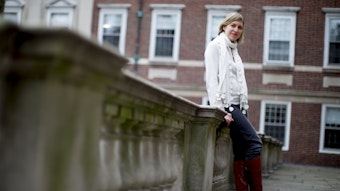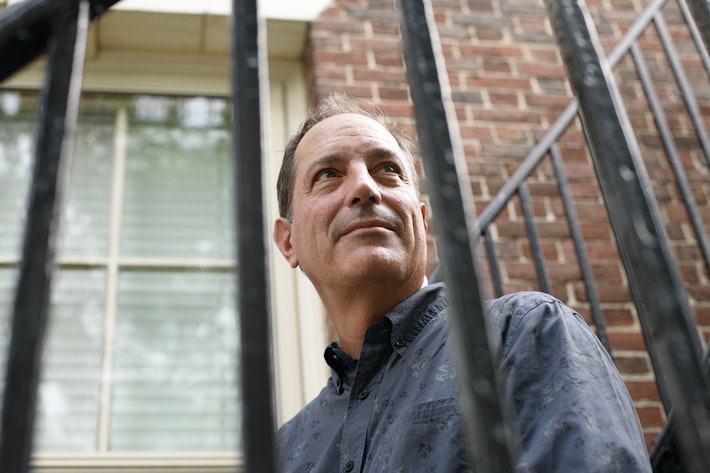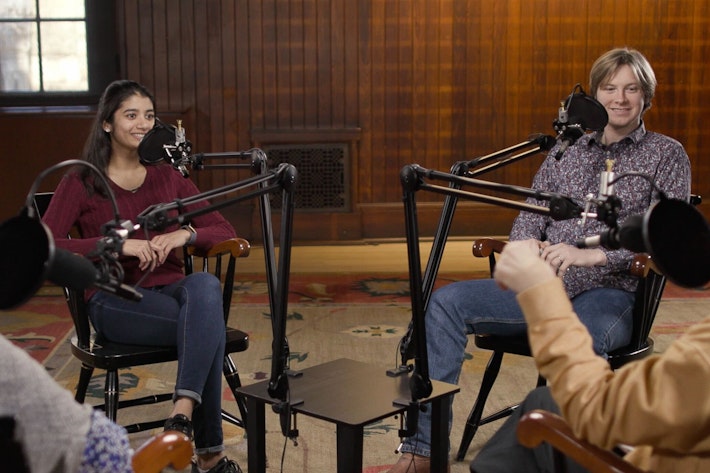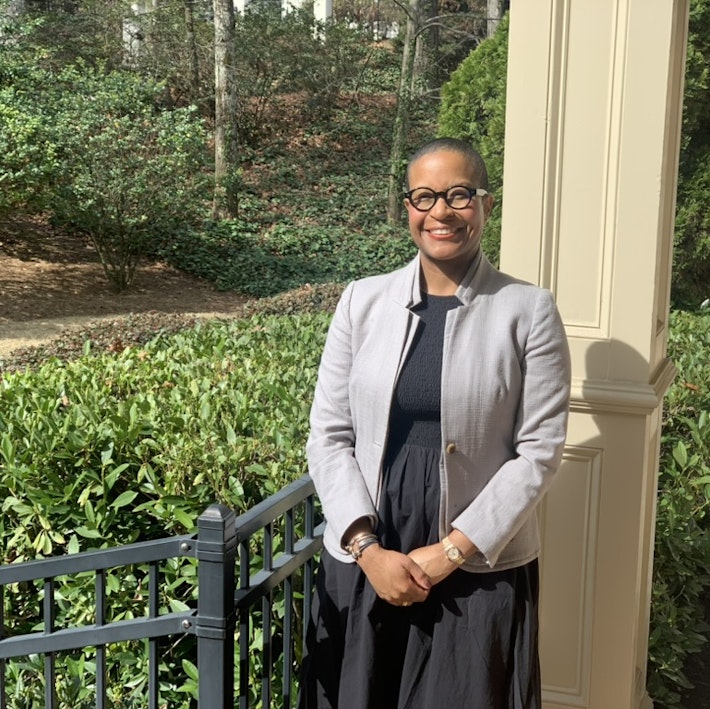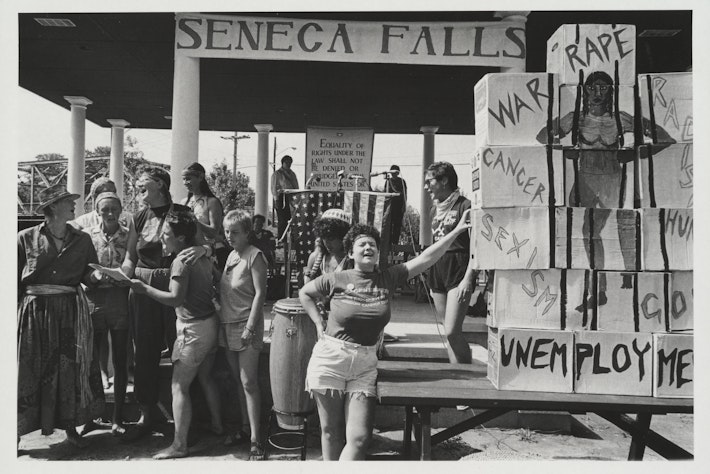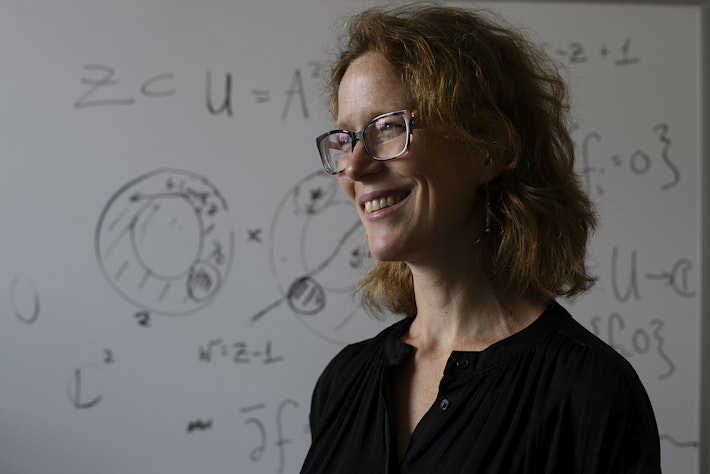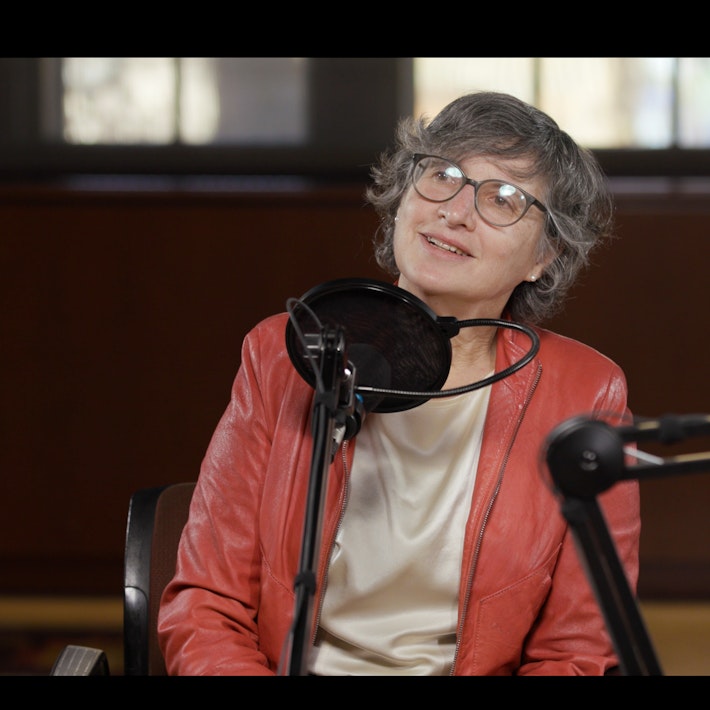Finding Truth in Fiction: The Story of Varian Fry
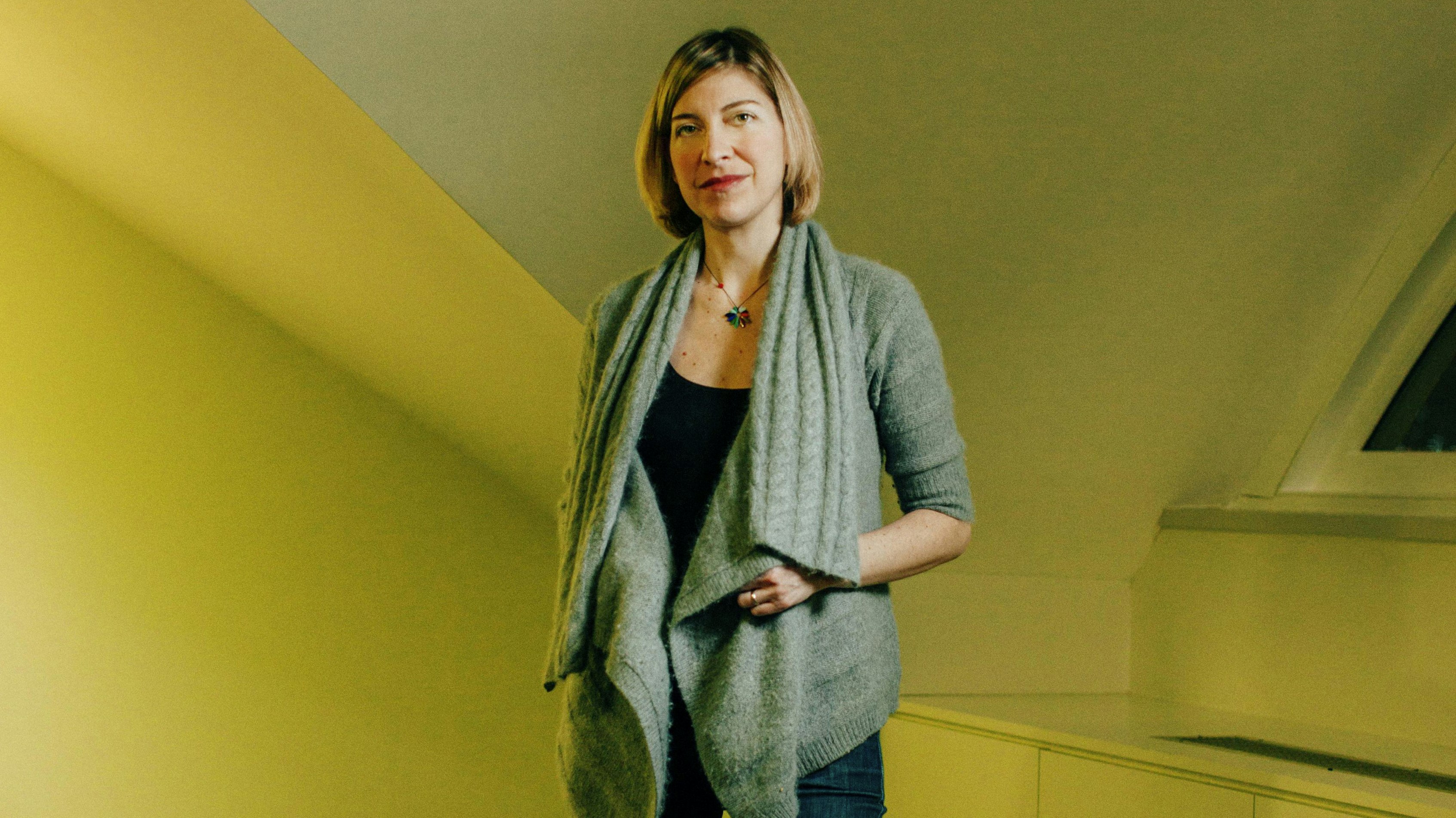
Novelist Julie Orringer depicts the life of Varian Fry, who saved thousands of artists from the Nazis.
Julie Orringer unpacks big stories that are tucked away in history’s corners. For her sweeping novel The Invisible Bridge (Knopf, 2010), it was the plight of Hungarian Jews during World War II. In her debut story collection, How to Breathe Underwater (Knopf, 2003), published to wide acclaim when she was just 30, the focus is the personal histories of young girls and women, often motherless and struggling with identity in a strange, almost incomprehensible world. (Orringer’s mother died of cancer in 1994 and is memorialized in the book’s acknowledgments.) Her new novel centers on Varian Fry ’30, an American journalist who traveled to Marseille in 1940 to arrange for the escape of artists, musicians, and writers blacklisted by the Nazi regime, including such notables as Max Ernst, Pablo Casals, Marc Chagall, and Hannah Arendt.
“He performed a service to art and literature, and therefore to the rest of the world, that is invaluable and permanent,” Orringer remarks during a conversation in her office in Byerly Hall. Fry was inducted into the French Legion of Honor a few months before his death of a heart attack at age 60, but otherwise the “American Schindler,” as he is sometimes called, slipped into obscurity.
“That part of the narrative struck me as sad and frustrating,” says Orringer, who first learned of Fry in 2004, while researching and writing The Invisible Bridge. She was searching for information about the phrase “Surrender on Demand,” words in the 1940 Franco-German armistice stipulating that any citizen of Germany or the occupied countries living in France could be summarily deported to Germany at the German government’s request. It also happened to be the title of Fry’s memoirs.
The more Orringer read about Fry, the more intrigued she became by the possibility of writing a novel based on his experiences in Marseille. Fry’s childhood was complicated by a sickly mother and a hardworking, often absent, stockbroker father. He came to Harvard to study classics, lived in Gore Hall (now Winthrop House) and befriended Lincoln Kirstein (who, among other cultural contributions, founded the New York City Ballet). Disenchanted with the conservative tastes of the Harvard Advocate, the duo founded their own literary magazine, The Hound and Horn, which would publish Gertrude Stein, Katherine Anne Porter, and Elizabeth Bishop. Fry fell out with Kirstein, however, and not long after was ejected from Harvard for putting a For Sale sign on the dean’s lawn. He managed to talk his way back in with the help of letters from various professors and well-positioned older friends, and graduated a year late, with a classics degree, in 1931.
“I began to wonder how someone with such a tumultuous early history might turn from solipsistic to more altruistic behaviors,” Orringer recalls.
Shaping a character from a real person is not a new experience for Orringer. Andras Levi, of The Invisible Bridge, was based at first on her grandfather and his experience as a conscripted soldier in the Hungarian Army during World War II. Segregated in unarmed branches of the military, Orringer’s grandfather and others like him cleared minefields and built roads and barracks for the Hungarian army and its allies. “Sometimes the labor itself killed them; sometimes their position in the forced labor service protected them by keeping them out of concentration camps,” she says. “The strange thing is that for the first part of my writing life, I ran from that material. I felt the weight of it pretty early on—just recently, I found a note that I wrote 18 years ago that read, ‘young Hungarian Jewish architecture student in Paris loses his scholarship and is conscripted into forced labor’—but it wasn’t until after I’d written stories closer to my own life that I was ready to come back to it.”
Treating her family’s experience was somewhat complicated. “It was difficult to say to my grandmother, ‘You do not appear as yourself in this book. Your husband falls in love with someone completely fictional.’ At that point, the character ceased to be my grandfather and became Andras Levi, which was a necessary liberation. The key to writing fiction is uncovering questions compelling enough to reveal something new within our known experience as human beings.”
In the same way, Orringer expects The Flight Portfolio (the working title) to trace the known outlines of the past while creating a new fictional reality. “I realized early on that I wanted to look beyond the boundaries of the true story,” she says. “So I started paying attention to the interstices between the known facts and thinking about how to introduce fictional elements that would reveal Fry’s character. Part of my effort is focused on incorporating invented characters into the known story in a way that I hope is both plausible and revelatory of Fry’s experience and psychology.”
Although Fry had never done rescue work before, he spoke French and German and wrote extensively about the political situation in Europe throughout the 1930s, both as the editor of a review of international affairs and as an independent journalist. During a trip to Berlin in 1935, he witnessed an anti-Jewish riot and met with the chief of Hitler’s foreign press division, who confided in him, as a fellow Harvard graduate, that radical elements of the Nazi Party wanted to “solve” the Jewish problem through extermination. The quote made the front page of the New York Times a few days later, but did nothing to spur US action. Undaunted, Fry continued to write and lecture over the next five years about the growing Nazi influence in Europe; then, in 1940, he and two friends founded the Emergency Rescue Committee (ERC), an organization that received early support from writers such as John Dos Passos and Upton Sinclair and from First Lady Eleanor Roosevelt.
Not long after, at the behest of the ERC, Fry set out on his mission, arriving in Marseille with a list of about 200 blacklisted artists and writers whom he intended to locate and sneak across the border into Spain and then into Portugal, where they would depart for the United States. He expected the task to take no longer than a month or so. In fact Fry stayed for a year and succeeded in helping more than 2,000 people leave Vichy France before his arrest and deportation.
It’s a great story, even before one learns about the villa that Fry rented on the edge of Marseille that became the site of an ongoing salon for Dadaist and Surrealist artists. “He was a notorious party-thrower here at Harvard, although he wasn’t a particularly loud or outgoing person,” Orringer says. “I think he liked getting people together and being the originator of a happening.”
Despite the based-on-actual-events nature of this novel and The Invisible Bridge, Orringer is cool toward the “historical fiction” label. “The focus of literary fiction is on character and its complications, not so much on the progression of historical events as they occurred,” she says. “I’m aiming to focus the reader’s attention on the inner landscape of a person’s life and how personal, political, and cultural factors might have influenced the decisions he made. I’m happy, too, if this reveals an underexplored element of our shared human history. . . . It’s strange to me that Fry’s name isn’t better known, considering the enormous impact his work had on 20th-century art and literature.”
Married to the fiction writer Ryan Harty, with whom she has a three-year-old son, Orringer is clearly aware of what this year represents.
“It’s so rare for a writer to be given this kind of time and privacy and a beautiful, light-filled space,” she says. “All in the service of doing work that feels like it’s never going to come to fruition until you hold it in your hand.”
DIGGING INTO HARVARD’S ARCHIVES
Orringer and her Radcliffe Research Partners—Victoria Baena ’14 and Anna Hagen ’15—have been exploring Fry’s student file in the Harvard University Archives. During her Julia S. Phelps Annual Lecture in the Arts and Humanities, Orringer discussed a summons to appear in court that the three researchers found in his file.
While driving his Packard, Fry hit a boy who had darted out between two parked cars, and the boy died as a result. Fry was cleared of wrongdoing, but perhaps, Orringer conjectured, was haunted by the accident. “What might be the psychological consequences,” she asked, “of having committed this kind of wrong and gone on as if nothing had happened? How might it have affected Fry’s later decisions?”
Julia Hanna is associate editor of the Harvard Business School Alumni Bulletin.
